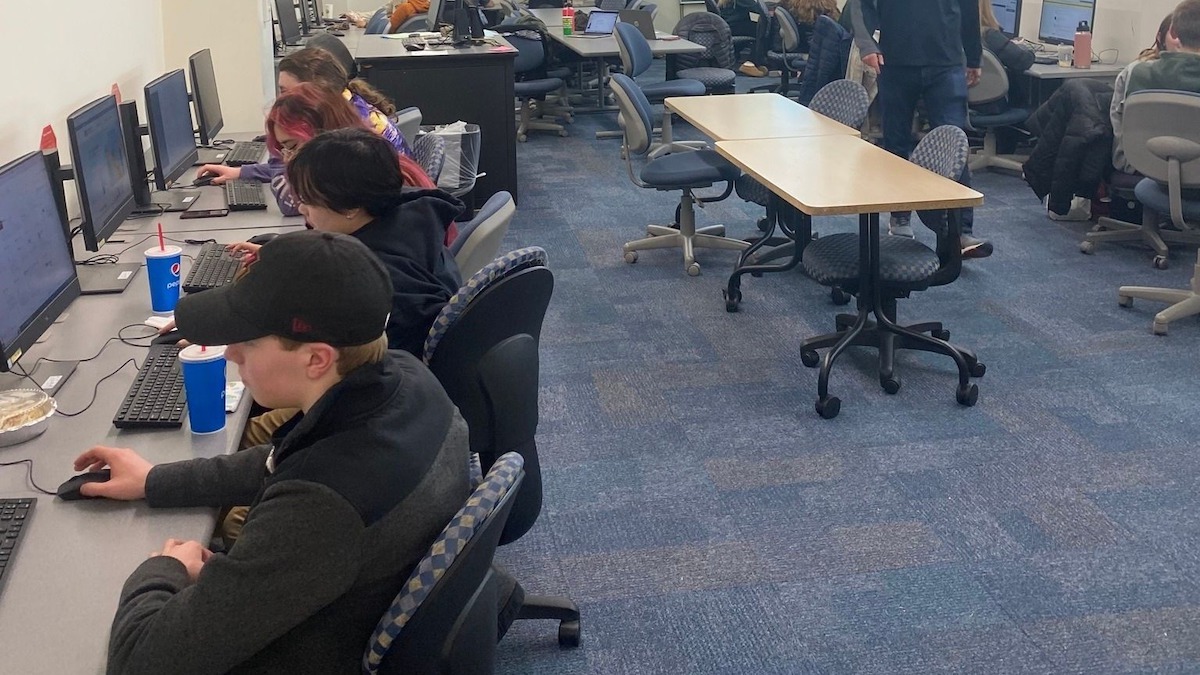Clarkston Community Schools' students. | Clarkston district facebook https://www.facebook.com/photo/?fbid=638713498266277&set=a.386417870162509&__tn__=%2CO*F
Clarkston Community Schools' students. | Clarkston district facebook https://www.facebook.com/photo/?fbid=638713498266277&set=a.386417870162509&__tn__=%2CO*F
At their March 13 board meeting, members of Clarkston Community Schools welcomed Angela Harrison, their administrator of technology.
Harrison provided an overview of how they utilize technology and what kind of systems the district is using, along with advocating for funding.
Technology is being employed in creative ways throughout the district covering departments like classrooms, security, administration and building infrastructure. All district buildings are connected by over two miles of fiber network that allows the whole district to receive connection through their supplier, along with a server that stores 50 terabytes of space and 725 wireless access points.
“In the 2016 bond, we had $10 million worth of technology that we put in. Initially we were going to have a little bit of money left over and we were going to use that to do some refreshing of different systems,” said Harrison. “And then COVID hit, and we had to kind of pivot and go to a one-to-one implementation. And we spent that refresh money making sure that we could continue education through a one-to-one program. But starting in 2023, we were going to have to start buying devices that would refresh every sixth or seventh grader and then every second grader because the first grader had iPads previously.”
She added that the district was looking at $500,000 to $600,000 for the program to maintain the technology across the district.
Roughly 450 classrooms in the district have wireless projectors and presentation abilities, and a unique sound system. Larger classrooms like band rooms, lecture halls, gyms and cafeterias have bigger sound and presentation systems.
The district supplies and supports about 6,500 Chromebooks, 1,600 iPads, 1,200 Chromeboxes, 1,000 Windows computers, 75 Macbooks and 50 Macs. The devices are utilized for one-on-one student technology access for learning, and for teachers and administrators.
Harrison ended her presentation by emphasizing that many of the devices were over five years old and would soon need to be replaced as they started breaking down.
The board eventually decided to purchase Chromebooks for the one-on-one program for just under $650,000 and some additional Dell computers for the district for about $30,000.

 Alerts Sign-up
Alerts Sign-up